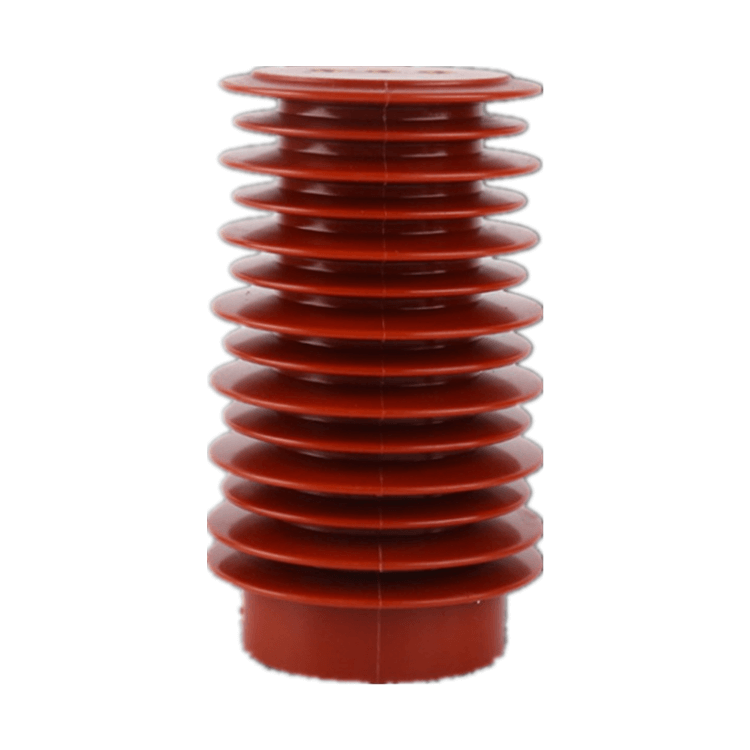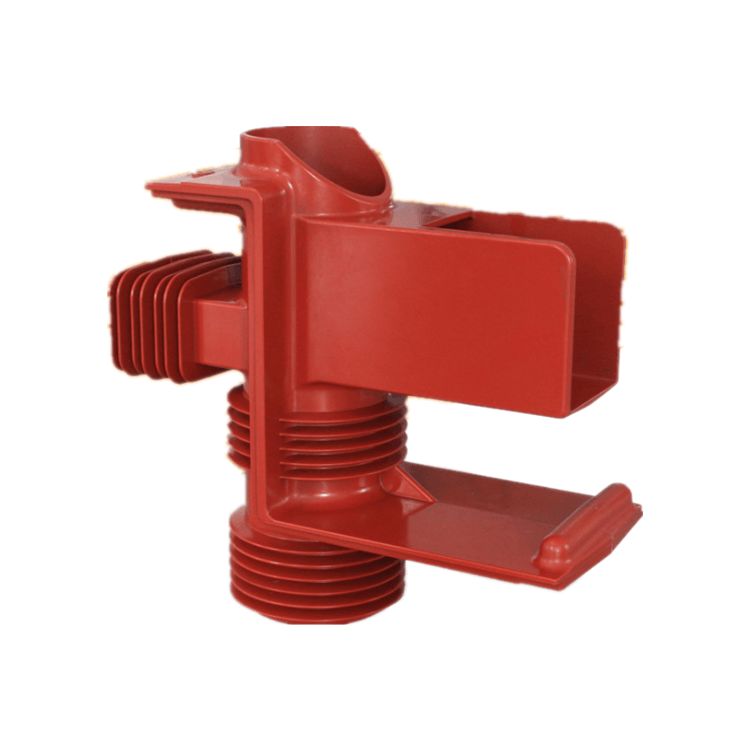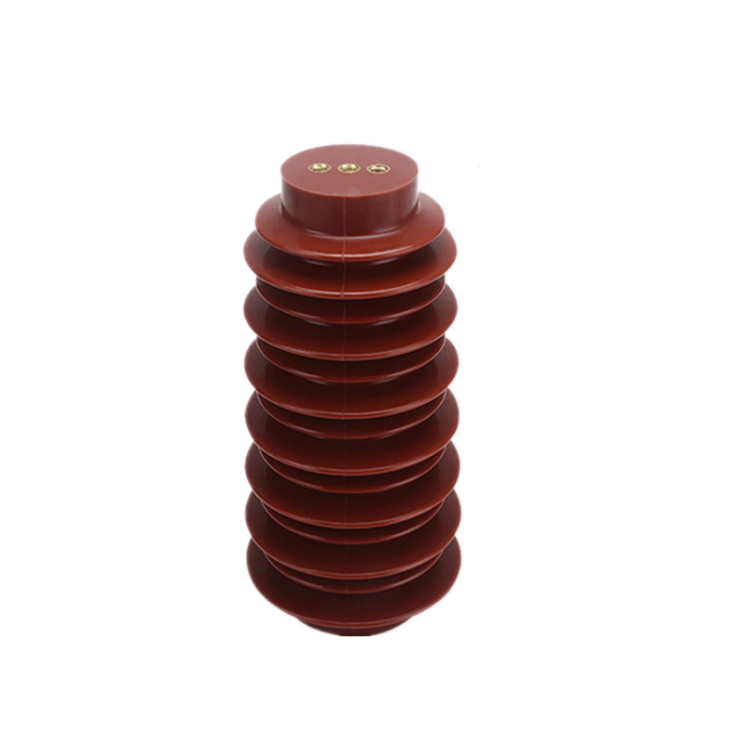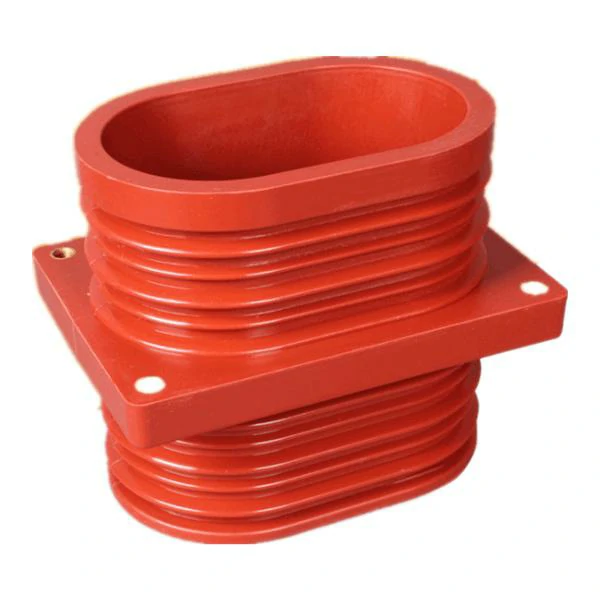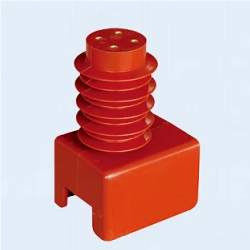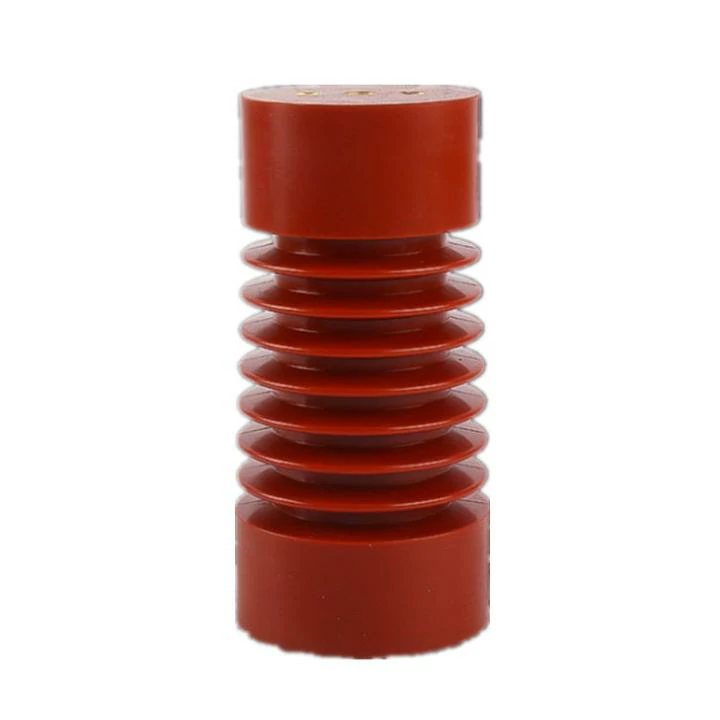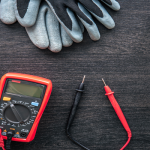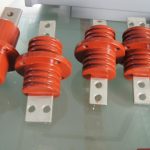In the world of electrical power transmission and distribution, insulator bushings play a pivotal role in ensuring the safe and reliable flow of electricity. These bushings are responsible for electrically isolating conductors and other components from the supporting structures while withstanding environmental stressors and electrical forces. Traditionally, porcelain insulator bushings have been the go-to choice. However, in recent years, epoxy bushings have gained prominence as an alternative with several advantages. This comprehensive article delves into the reasons behind the superior performance of epoxy bushings over porcelain bushings, providing a detailed analysis of their material properties, manufacturing processes, environmental resilience, and electrical characteristics.
I. Material Properties
1.1 Porcelain Bushings: Porcelain insulator bushings have been used in electrical systems for decades. They are typically made from a type of ceramic material known as alumina porcelain. While porcelain is known for its high compressive strength and excellent electrical insulating properties, it has limitations when it comes to tensile strength and impact resistance. Porcelain is inherently brittle, making it susceptible to cracking or breaking under mechanical stress.
1.2 Epoxy Bushings: Epoxy bushings are manufactured using synthetic polymer materials, such as epoxy resin. These materials offer significantly higher tensile strength and impact resistance compared to porcelain. Epoxy resins are engineered to be durable and flexible, reducing the risk of breakage during handling, installation, or under extreme weather conditions.
II. Manufacturing Processes
2.1 Porcelain Bushings: The manufacturing of porcelain bushings involves shaping and firing the ceramic material at high temperatures. This process can be time-consuming and energy-intensive. Furthermore, it may result in variations in the physical properties of the finished products.
2.2 Epoxy Bushings: Epoxy bushings are produced using a casting or molding process, where epoxy resins are shaped and cured at lower temperatures, which consumes less energy. The controlled manufacturing process ensures consistent quality and allows for greater flexibility in design, making it easier to customize bushings for specific applications.
III. Environmental Resilience
3.1 Porcelain Bushings: Porcelain bushings are known to be more susceptible to environmental factors. They are prone to developing surface contaminants, which can create leakage paths and lead to flashover events during wet or polluted conditions. Porcelain insulators also suffer from micro-cracking over time due to thermal cycling, further compromising their performance.
3.2 Epoxy Bushings: Epoxy bushings exhibit excellent resistance to environmental factors. The hydrophobic nature of epoxy resin discourages the accumulation of contaminants on the surface, reducing the risk of flashovers. Additionally, epoxy’s superior resistance to UV radiation and thermal cycling minimizes the development of micro-cracks, ensuring a longer service life.
IV. Electrical Characteristics
4.1 Porcelain Bushings: Porcelain has been used for insulating purposes primarily due to its good dielectric properties. However, the inherent brittleness of porcelain can result in catastrophic failures under high electrical stress, such as lightning strikes or overvoltage events.
4.2 Epoxy Bushings: Epoxy bushings offer comparable dielectric properties to porcelain but with the added advantage of better reliability under electrical stress. Their flexibility allows them to absorb and distribute electrical forces, reducing the risk of sudden breakdowns. This makes epoxy bushings more suitable for high-voltage applications.
V. Weight and Handling
5.1 Porcelain Bushings: Porcelain insulator bushings are significantly heavier than their epoxy counterparts, making handling and transportation more challenging. The weight can also limit the use of porcelain bushings in certain applications where weight constraints are a concern.
5.2 Epoxy Bushings: Epoxy bushings are considerably lighter than porcelain bushings of equivalent voltage ratings. This weight advantage simplifies installation and maintenance procedures, as well as reducing the structural demands on supporting infrastructure.
VI. Customization and Design Flexibility
6.1 Porcelain Bushings: Porcelain insulators have limited design flexibility, and modifications to their design can be complex and costly. This limitation may not be suitable for applications with specific requirements.
6.2 Epoxy Bushings: Epoxy bushings can be easily customized to meet specific application needs. Their manufacturing process allows for variations in size, shape, and performance characteristics, making them a versatile choice for various electrical systems.
VII. Cost Considerations
7.1 Porcelain Bushings: While porcelain bushings may have a lower initial cost, their susceptibility to damage, shorter lifespan, and additional maintenance requirements can lead to higher lifecycle costs.
7.2 Epoxy Bushings: Epoxy bushings may have a higher initial cost, but their longer service life, reduced maintenance needs, and durability often result in lower overall costs over the life of the equipment.
Conclusion
Epoxy bushings have emerged as a superior choice to porcelain bushings in many electrical applications due to their material properties, manufacturing processes, environmental resilience, electrical characteristics, weight advantages, and customization options. While porcelain has served the industry well for decades, epoxy bushings represent a forward-looking solution that not only enhances electrical reliability but also offers economic benefits. As electrical systems continue to evolve and demand higher performance, epoxy bushings have proven themselves to be a reliable and cost-effective choice for insulating conductors and ensuring the uninterrupted flow of electrical power.




